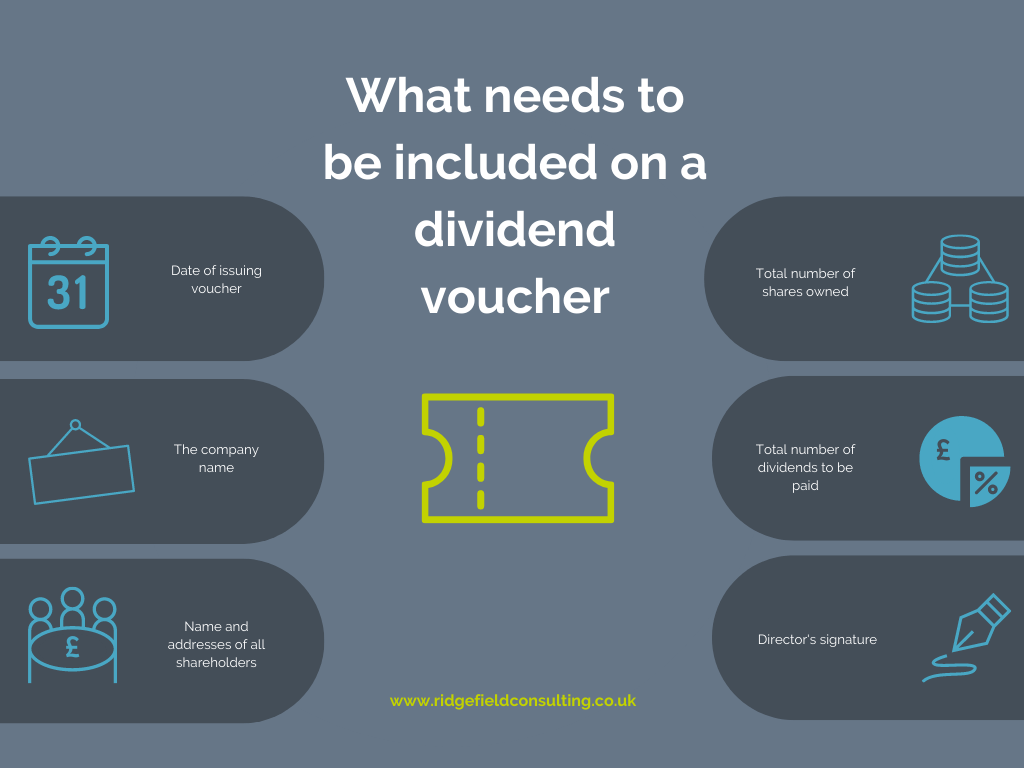How to take out dividends from my limited company

How to take out dividends from my limited company
Listen to the podcast version of this article:
When you run your own limited company, being able to take out dividends is one of the main routes available which enables you to access cash from your business for your own personal use. This is because, unlike operating a business as a sole trader, any earnings made by the company, belong to the company itself as its own legal entity. To take out dividends, you must follow a formal procedure each time as governed by the Companies Act 2006.
What is a dividend?
There are four different types of dividends. Cash dividends are arguably the most common, and for the purpose of this article, the most relevant. Cash dividends are the distribution of cash from a limited company to its eligible shareholders. Companies have no legal obligation to issue dividends at any point.
As an owner of your own limited company, you will usually hold a dual status of both a shareholder as well as an employee (employed as the director of the company). This not only entitles you to dividends because you are a shareholder, but also a salary because you’re an employee. If you choose to receive a director’s salary (often a combination of taking a salary and dividends is the most tax efficient way of extracting funds from a company), then the salary can be paid by the company prior to calculation of your company’s corporation tax. Dividends on the other hand are not tax-deductible and can only be issued if there are sufficient reserves to do so once all the company’s liabilities have been accounted for.
When can you take out dividends?
Directors are free to decide when to take out dividends at any time. There is no formal rule regarding the timing of releasing dividend payments. However, one certain condition must be met which is that there should be sufficient profit to do so. This means that by the end of your company’s financial year end, any dividends that have been issued must be covered by profits earned throughout the year after all expenses and liabilities (including salaries and taxes) have been paid. It is illegal to pay out dividends if the company is loss-making and there are no available reserves in the company.
How often can you take out dividends?
You can take out dividends as often as you like, so long as you continually meet the condition that your company has enough reserves to do so. Interim dividends are those which are paid throughout the tax year such as quarterly. Final dividends are paid at the end of the tax year and therefore paid annually once the company can fully assess how much profit is available to distribute. Be aware that taking out dividends too often however may alert HMRC to the potential practice of taking out ‘disguised salaries’ and therefore lead to an investigation. You may also want to consider that taking out dividends too sporadically may give a poor impression to lenders if you are seeking investment.
How to take out dividends
Regardless of whether you are the only director in charge of your own limited company, or there are multiple directors involved in the running of a company, a board meeting must be held to formally announce the issue of dividends. During this board meeting, minutes must be taken and kept on record. Usually this will include justification as to why dividends should be issued and how much. For sole directors, there is no expectation that you would discuss this, but you must still keep minutes in writing. All shareholders with voting rights will need to agree to the distribution of dividends by majority. Again, for directors who are also the only shareholders, this will not be an issue.
Once the decision has been made to issue dividends and agreed upon, a dividend voucher must be written up by a director. The dividend voucher must then be provided to every shareholder who may need it for their self-assessment tax return. There is no standard template and it can be produced on email, paper or generated using accounting software. Details that must be included on the dividend voucher include:
- Date of issuing dividends
- The company name
- The names and addresses of all relevant shareholders who will receive dividends (even if it is just yourself as the sole shareholder of your limited company)
- the total number of shares owned
- the total amount of dividends that will be paid
- the director’s signature
When the administrative tasks have been completed, cash dividends can then be paid to shareholders from the company’s accounts.

How are dividends taxed?
It is important to understand that the limited company is not taxed for paying out dividends and it is the shareholder who must pay dividend tax on the amount they receive. They will need to do this via a self-assessment tax return unless the total amount of dividends they receive in a tax year does not exceed £500 as this is the annual allowance. However, if the shareholder usually completes a self-assessment tax return regardless of dividends, then it needs to be included on the tax return for completeness.
Dividends are taxed at a different rate to income tax but are still based on the income tax bands. From the tax year 2024/25 the dividend tax rate are as follows:
- Basic rate – 8.75%
- Higher rate – 33.75%
- Additional rate – 39.35%
To calculate which rate you will fall under, you need to add your total dividend income with any other income you receive in a tax year to determine the correct tax rate.
How to pay tax on dividends
Depending on how much you receive in dividends, you may have different options on how to pay dividend tax due. Where you need to pay tax on up to £10,000 in dividends, you have three options on how to do this:
- Contact HMRC via their helpline
- Ask HMRC to change your tax code so that the tax can be deducted at source from your salary or pension (if you earn enough to cover the dividend tax)
- Complete a self-assessment tax return (this will be the default option if you are already required
To pay tax on dividends of over £10,000, you must complete a self-assessment tax return due 31 January the following tax year. If it is your first time completing a self-assessment tax return, you must register to do so by 5 October the following tax year in which you received the dividends.
Advantages of taking out dividends
Despite the additional administrative responsibilities, taking dividends is usually recommended as part of effective tax planning. Advantages of taking out dividends include:
- Lower rate of tax than income tax which is applied to salaries
- No National Insurance contributions need to be paid on dividends
- Taking out dividends utilises your annual dividend allowance instead of relying solely on your personal allowance for tax-free income
- Paying dividends regularly can help attract investment
Disadvantages of taking out dividends
There will be many limited companies that purposefully choose not to issue dividend payments for reasons including:
- Extra administrative responsibilities in order to take out dividends
- Taking out dividends means that the money cannot be used to invest in the company
- Relying on dividends as income can be unstable as it can only be declared and issued where the company has sufficient available reserves
- Dividends do not count as relevant UK earnings when it comes to tax relief on pension contributions (you cannot pay more than your income into your pension pot each year so if your salary is low and dividends are high, the amount you can put in is still only limited to the amount you receive in wages excluding dividends).
Get help with taking out dividends
Whether you need help declaring your dividends on a self-assessment tax return, advice as to how much to take out from your company or someone to help with writing up your dividend voucher correctly, we have various different services available to help you no matter the size of your limited company. Speak to us to discuss your needs.
Stay up to date
Looking for some help?
For more information please look at our Payroll Service.